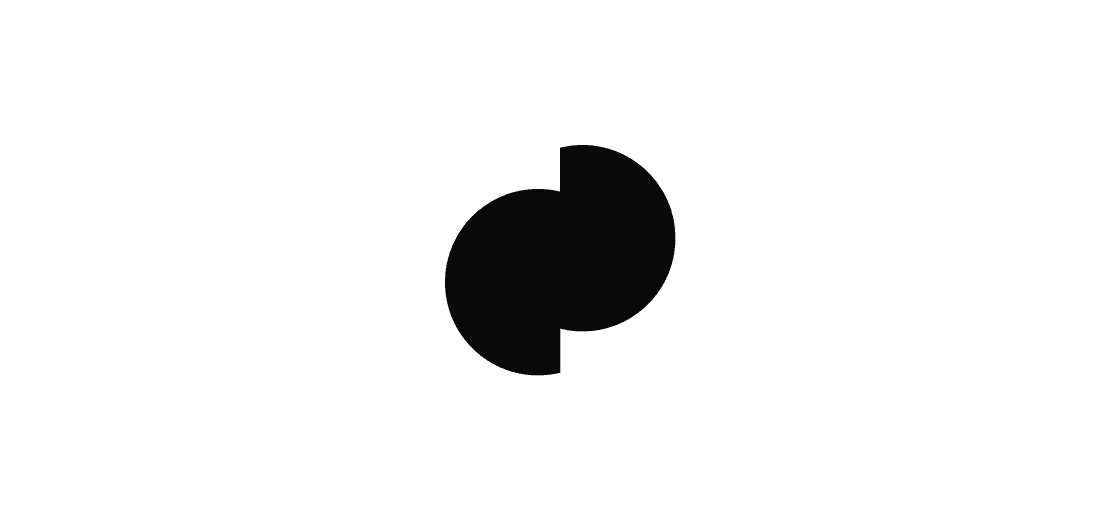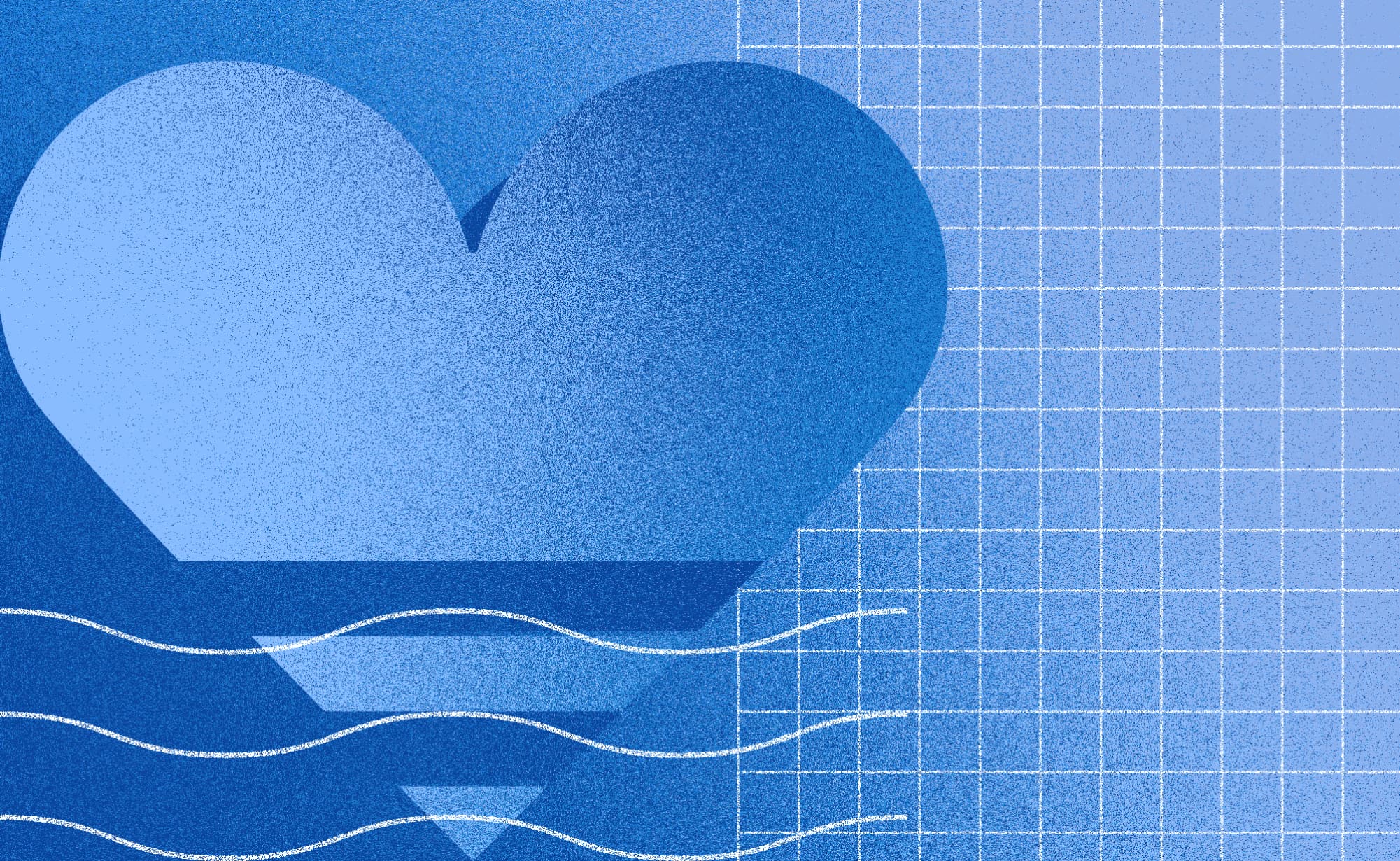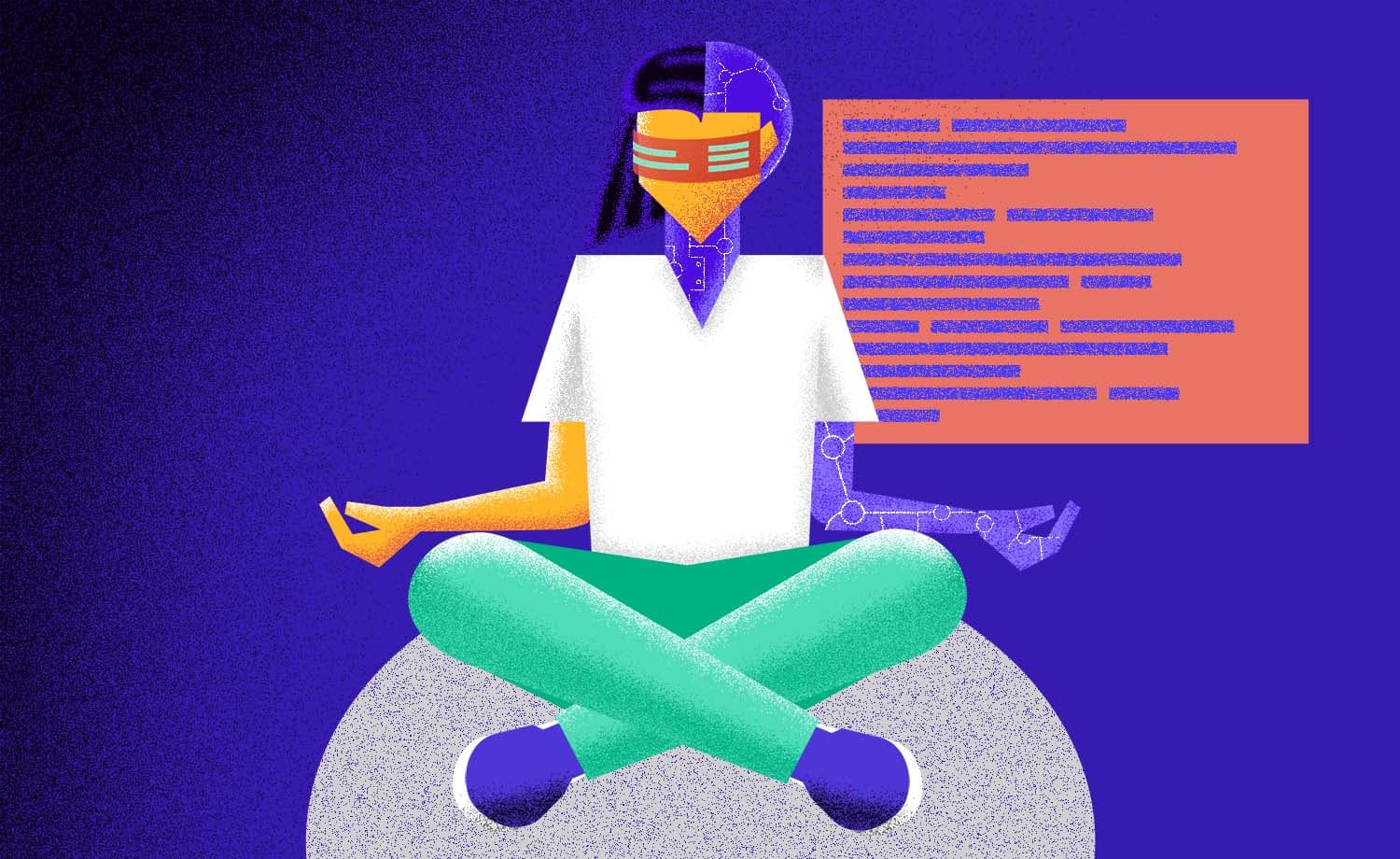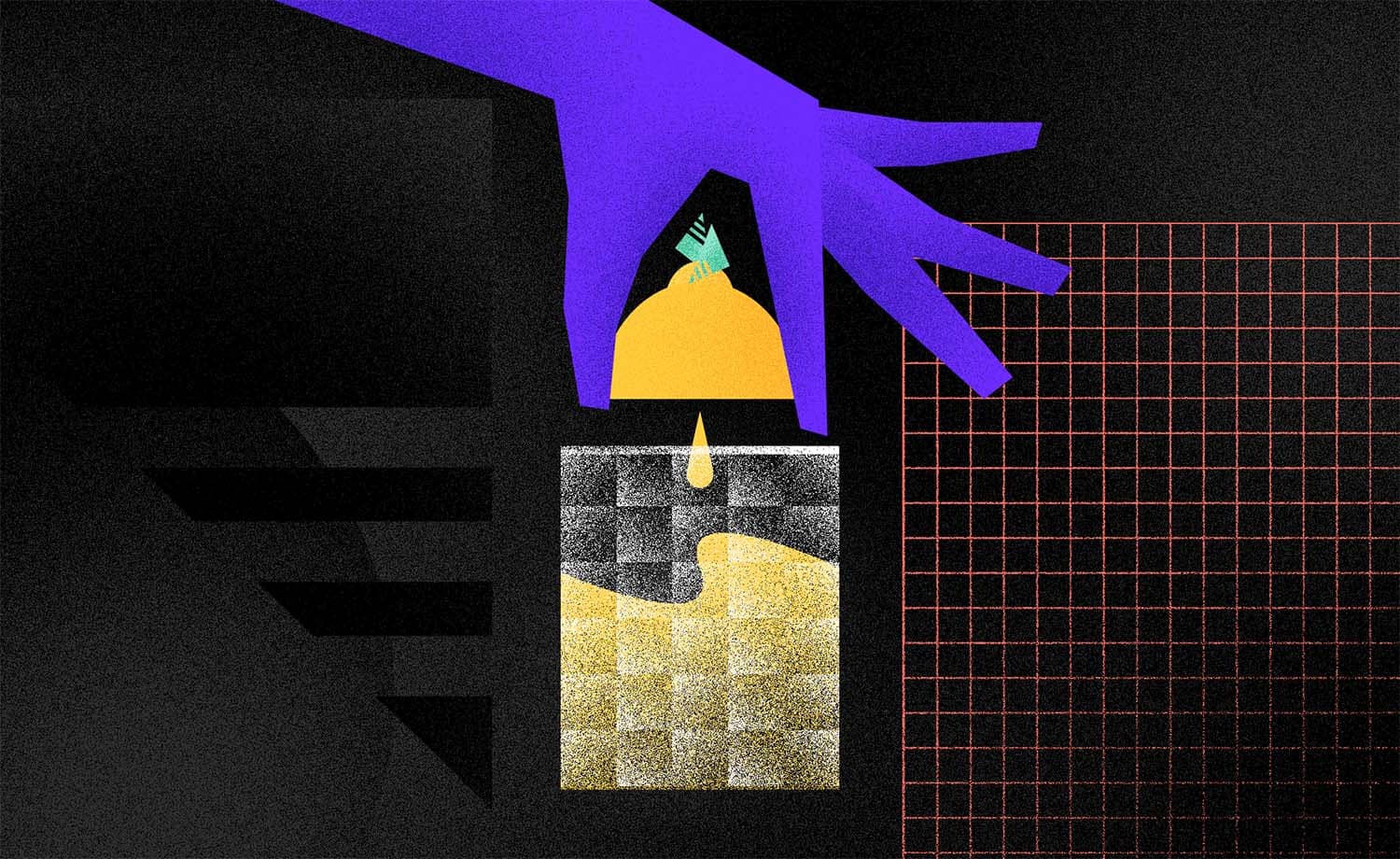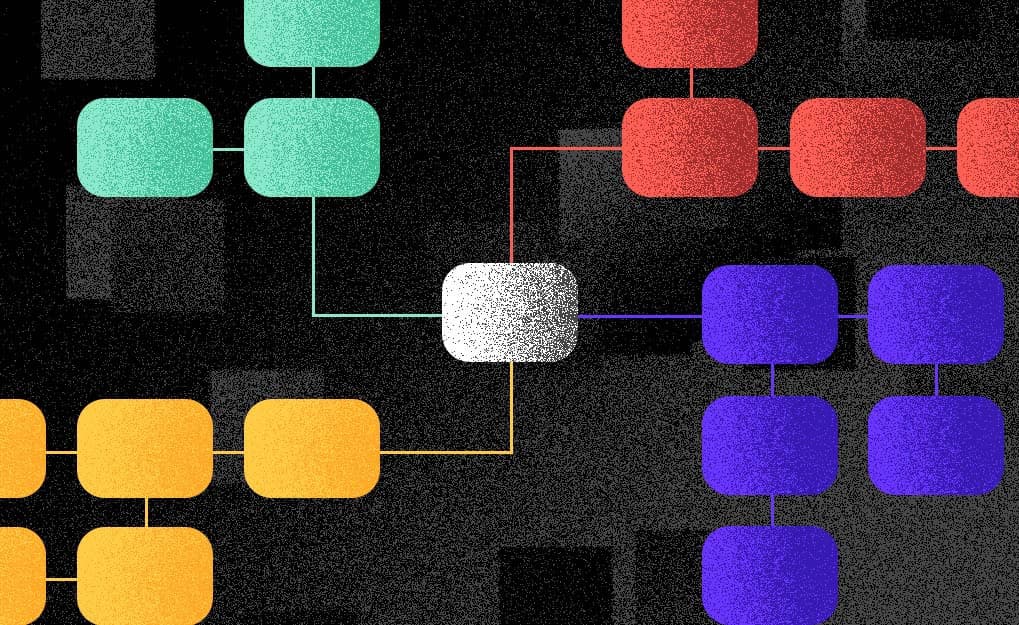Why Are We in Love with the Color Blue
Mislav Ž.
2019-12-11
7min
Design
If people are different in so many ways, then why are so many of us in love with a single color – the color blue? Le's see what's the fuss all about!
People are different. They differ in appearance, age, sex, race, political views, etc. It is the same with their perception of colors and how colors impact their emotions and behavior. But, if people are so different in so many ways, then why are so many of us in love with a single color – the color blue?
Colors in design
It is often mistaken that the colors we use while designing are here just to please the eye and make something 'look pretty'. Humans rely heavily on them to understand something and give meaning to it. Based on a study by Stephen E. Palmer and Karen Schloss published in 2010, it is confirmed that human behavior is widely influenced by color preference, and it is an essential aspect of our visual experience. From choosing a new car, shopping for clothes, but also designing user interfaces. Throughout every designer's education, there comes a part about colors: what psychological meaning do they have, when to use orange and when to use blue, etc. Those aren't rules set in stone, but more like guidelines towards making a usable product. Depending on the culture, different people might have a different view on a particular color and how they experience it. For example, a Japanese scooter manufacturer entered the Indian market with black scooters, but they didn't sell almost at all while units sold in Japan went sky-high every day. Why? Because, after doing proper market research, they found out that in Indian culture the color black represents death. The same color is considered sleek and modern in Japan.
Here comes blue
Blue is a rare example among the colors that have a similar meaning around the world. Across different cultures, it represents trust and strength, but at the same time, serenity and protection. In 2003 Joe Hallock conducted research on the topic of color preferences and determined that the color blue is one of the top colors for both genders.
A brief history of blue
How and when did we actually start all this worshiping of the color blue? Well, let's go back in time a bit…
Some sources say that the history of blue as a color started in the year 431 AD when the Catholic Church decided to assign colors to the saints, and Mary was given a blue robe. Over the years and time, her robe color became known under the name of 'navy blue'. Since Mary represented innocence and trustworthiness, the color blue was perceived as a good, positive thing. Later on, in history, that same shade of blue was adopted by various military and police forces to assist them in conveying a similar message. As navy blue enjoyed its popularity among individuals and groups with authority, people started to associate it with an idea of authority. Hence, the different shades of blue had to be developed to still keep the same, original message blue had. Therefore, we got new shades such as Robin's egg blue and pale powder blue.
Robin’s egg blue (on the left) and pale powder blue (on the right)
'The color for boys'
All of us must have heard this story about how the color blue is for boys, while the color pink is for girls. The phrase was coined sometime in the post World War II, baby boom era. Manufacturers used it as a marketing scheme (I'm looking at you, Don Draper) at the time because the idea was that they could sell more clothes if some were specially for boys, and others were uniquely for girls.
The modern era of blue
According to a study by Stephen E. Palmer and Karen Schloss published in 2010 person's preference for a given color can be determined by averaging out how much that person likes all of the objects they associate with that color. Often, we associate blue with a clear sky, freshwater, and new denim jeans, which we find appealing. In their research, Schloss says: 'Clear sky and clean water especially are things that we all experience universally. No matter where you are in the world, if it’s a clear, sunny day when it’s nice to be outside, the sky is blue. And water that’s clear is going to be bluish. That’s not to say that there aren’t cultural differences, because there are, but this prevalence of positive blue things seems to be somewhat consistent.' One other interesting study from 2015 manipulated with six different colors in a simulated environment to determine their effects on university students' emotions and heart rate, and guess what? They determined that blue increased relaxation and calmness feeling
Blue in design
In 2016 Paul Herbert, a front-end developer, and a UX designer, was curious to find out what colors were used by large, popular sites. He wrote a PHP script that ran through the homepages and stylesheets of the top-visited websites listed by alexa.com.
The image above shows just how many of the most popular websites on the Internet from 2016 use blue in their UI design.
According to Laurie Pressman, Pantone Vice President, the increased popularity of UI/UX methodologies has influenced the popularity of blue in web design. 'We trust blue — it is there for us every day. It doesn’t interfere with our world; instead, it welcomes and reassures us. The blues are also gender-neutral. The most popular color family across both sexes around the world, blue connects our global culture.'
It is no wonder why so many popular and renowned brands use blue as their primary color in branding. Take a look at the applications you have on your phone and see how many apps use mostly blue in their branding and icon design. I took my phone and started counting how many apps I have that use blue – nineteen of them, including PayPal, Skype, Trello, LinkedIn, BlaBlaCar, etc.
Apart from the gender-wise conclusion, Hallock in his research examined some other aspects, that are important to take into consideration when designing, such as interconnection between colors and different emotions. In his survey, he asked for the participants to correlate a specific color to the types of words. Among others, these words include trust and security.
We all know how important it is to convey messages of trust and security while designing. Think about all the banking apps that use blue in their interface design or the airlines that use that same color in their branding.
Another interesting approach to see why blue is such a popular color in design is its all-inclusive nature. An estimated 10 percent of the population is red-green colorblind, making blue a suitable color everyone can get on board with.
According to a 2010 article featured in The New Yorker, blue is Mark Zuckerberg's color of choice precisely for that reason (and the fact that he himself is colorblind).
The color of the year
For over 20 years, Pantone's Color of the Year has influenced product development and purchasing decisions in multiple industries, including fashion, home furnishings, and industrial design, as well as product packaging and graphic design. The Pantone Color of the Year selection process requires thoughtful consideration and trend analysis.
Just recently, Pantone announced that the Color of the Year 2020 is none other than Classic Blue. This is how Pantone characterized Classic Blue: 'Non-aggressive and easily relatable, the trusted PANTONE 19-4052 Classic Blue lends itself to relaxed interaction. Associated with the return of another day, this universal favorite is comfortably embraced.'
Pressman said it herself, 'Blue is not only the most popular color on the web today, it is also the most popular color on the spectrum internationally. Long associated with the serenity of a clear blue sky, and the cleansing waters of tranquil seas, the human mind embraces the concept of blue as constant, translating it into a symbolic message of dependability and loyalty.'
As we had a chance to see, blue did not gain its popularity overnight. It slowly and steadily claimed its throne throughout various stages in our history and time. You might be asking yourself a question: 'Should I then always include blue when designing?' The short answer is 'No.' Use colors wisely and with clear intent. Use colors wisely and with clear intent. Not always will blue be suitable for your needs, but moreover, not every blue means the same and has the same effect. Invest your time in choosing the perfect color for your next project. There are no shortcuts to a universally successful working color palette.
Oh, and yes. My favorite color is blue. Thank you for reading.
A dose of (Design) Dopamine
Updates and resources
In-depth guides
Quality content for free



